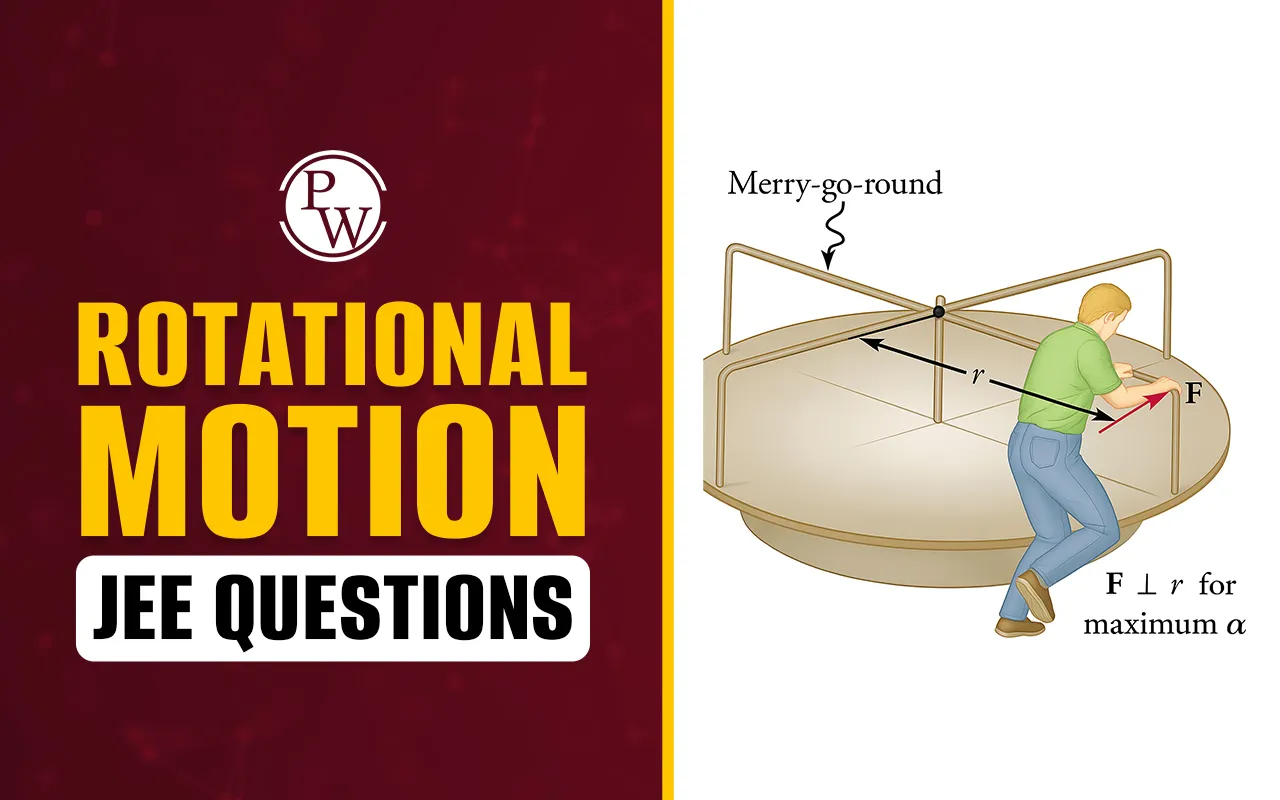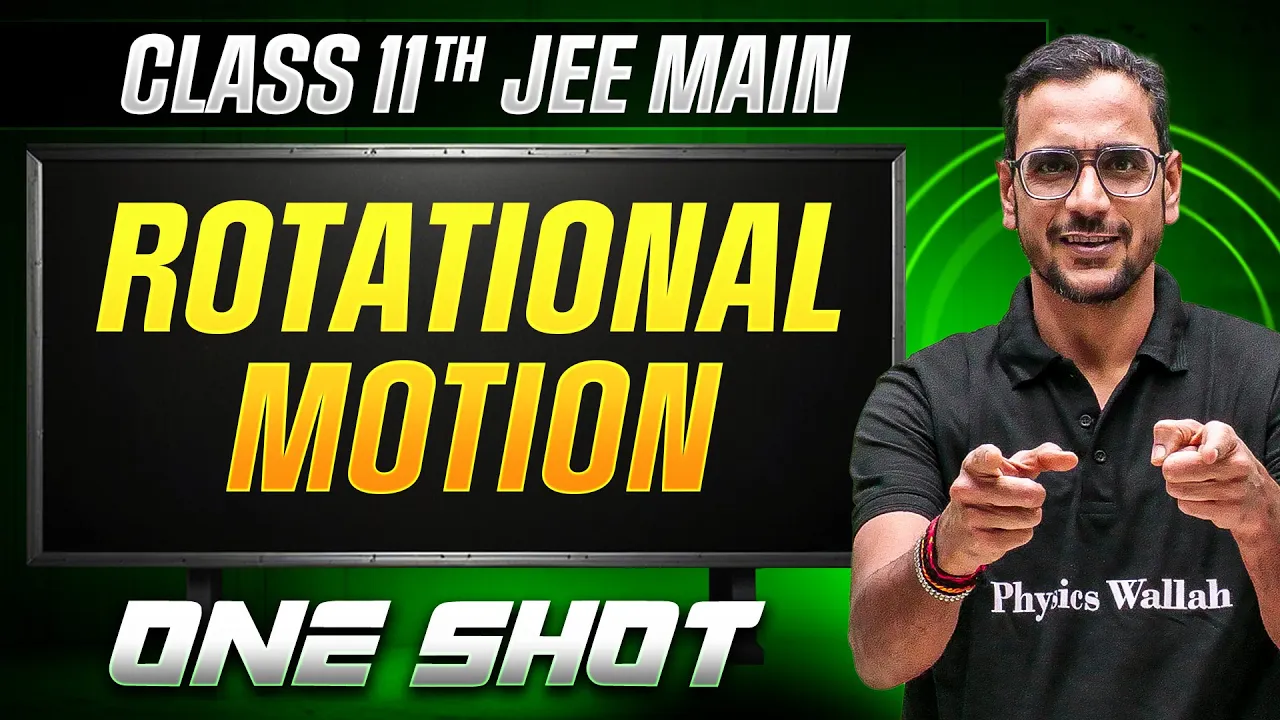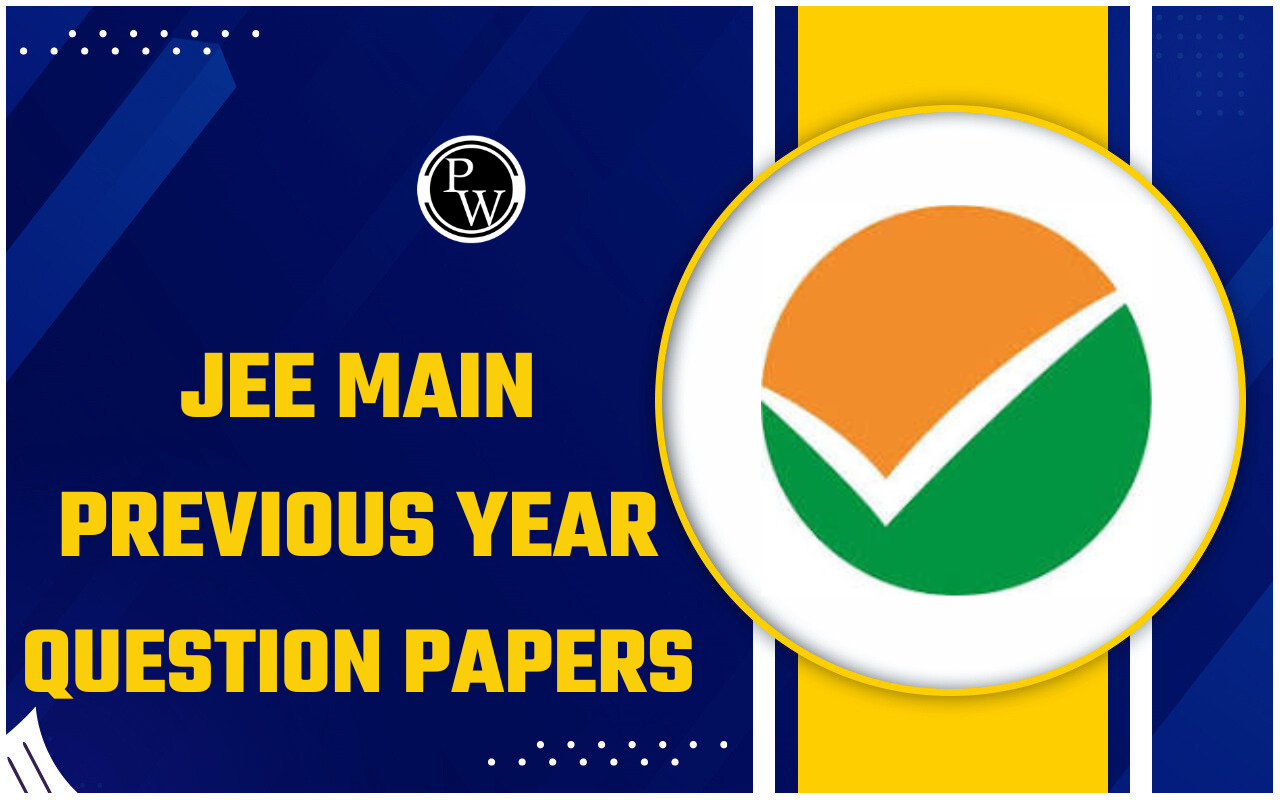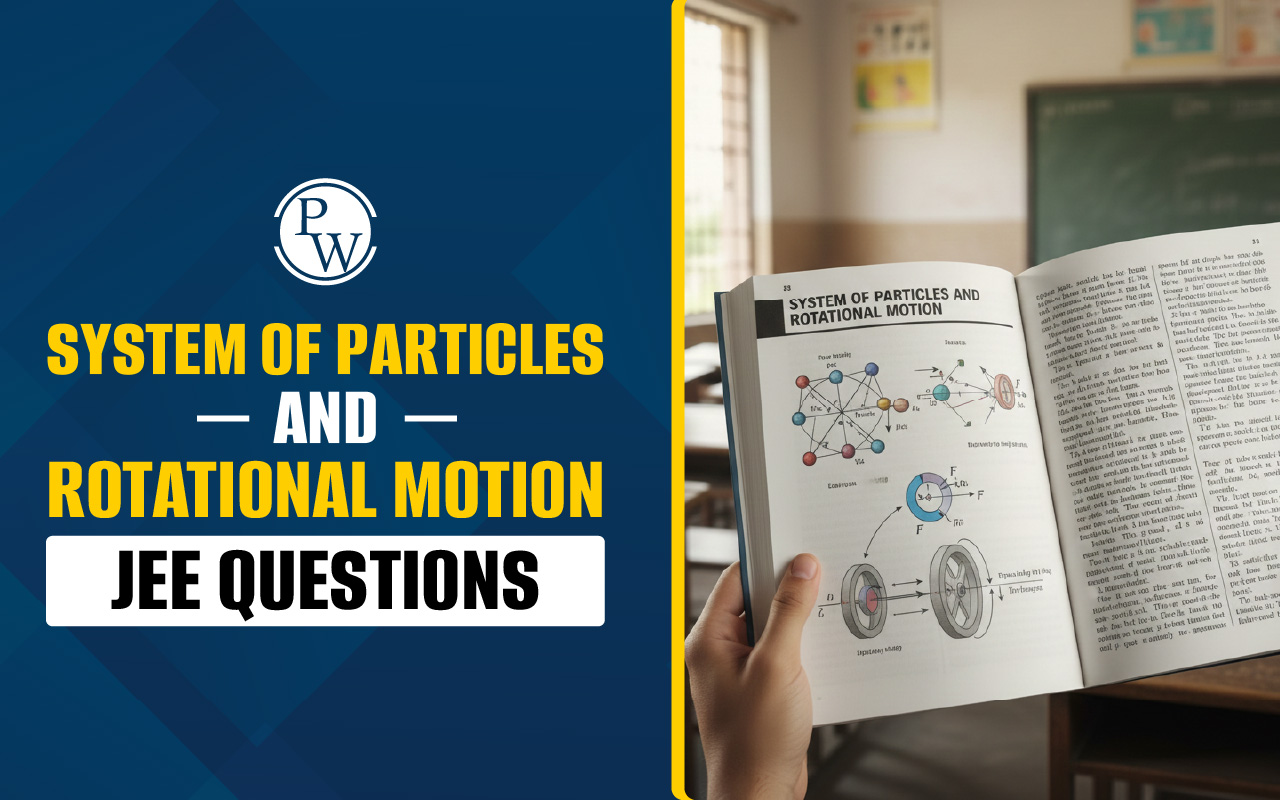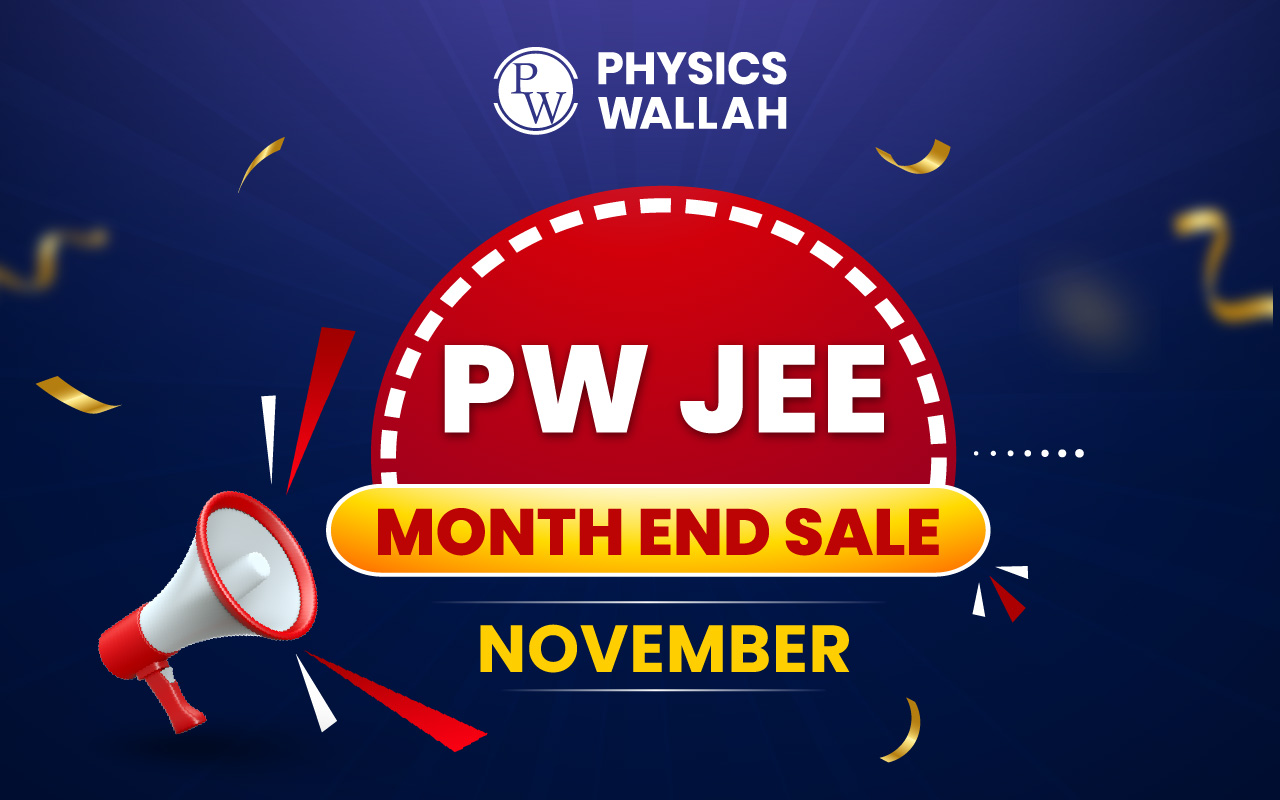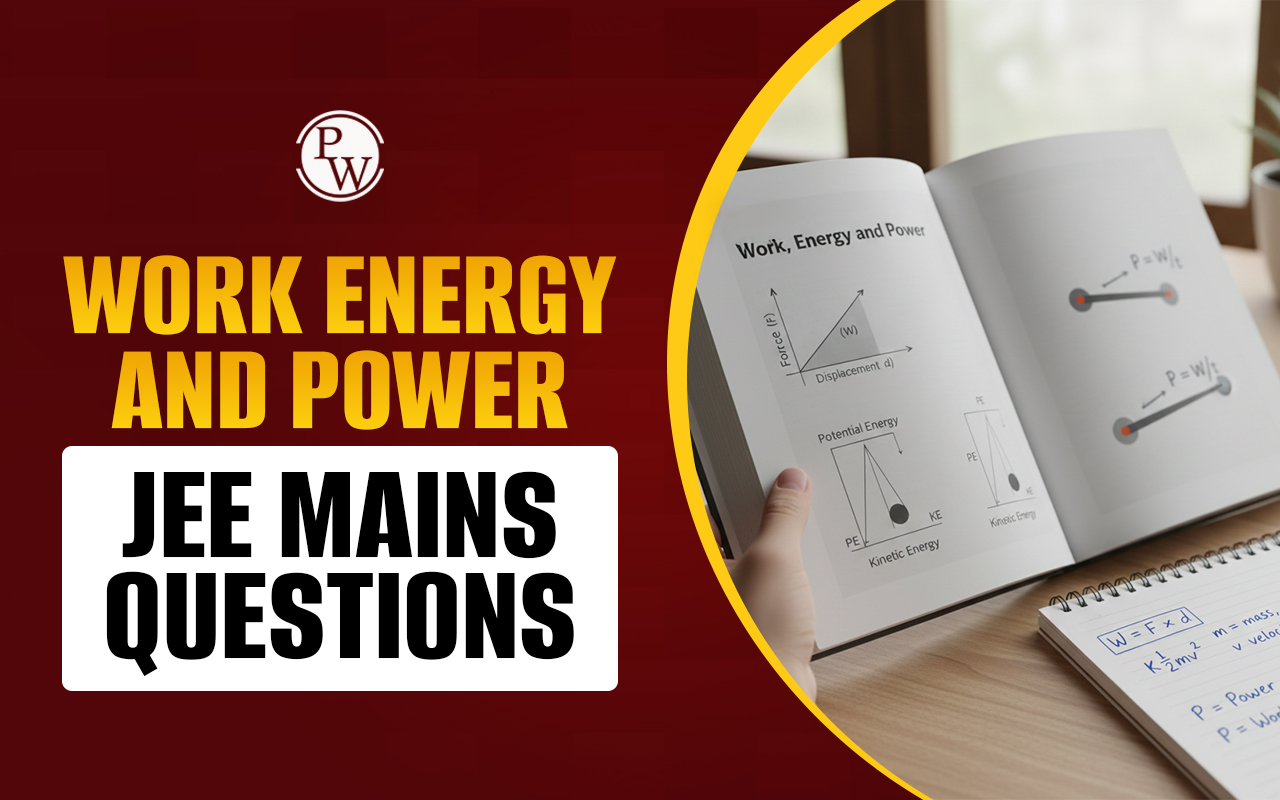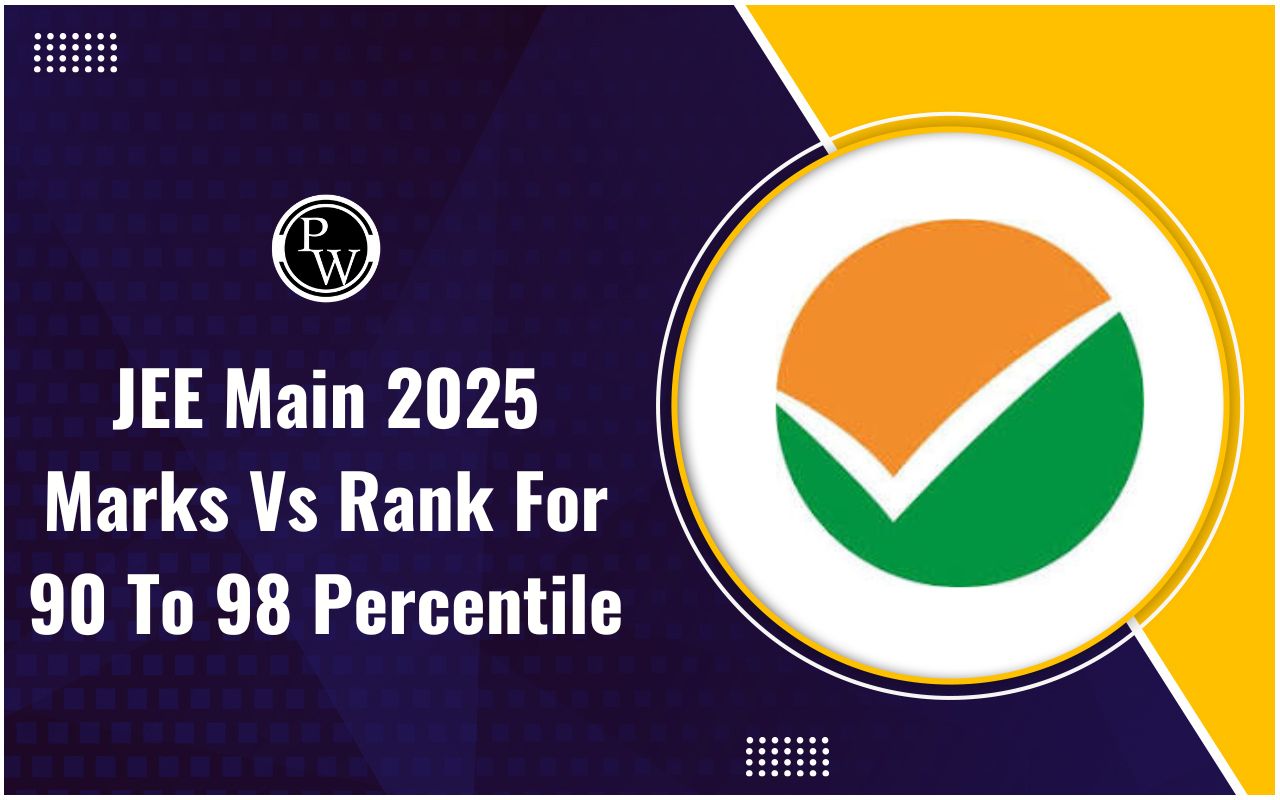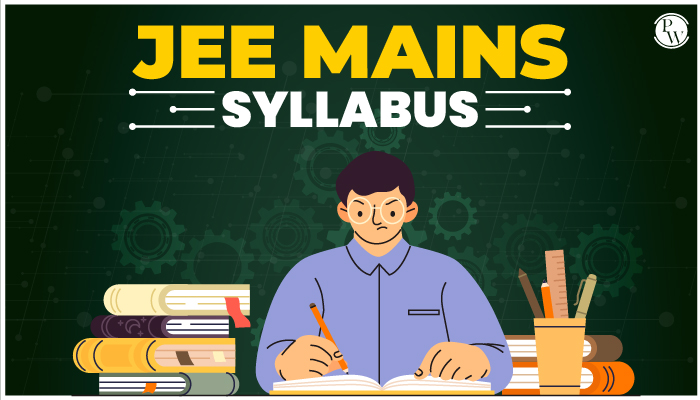
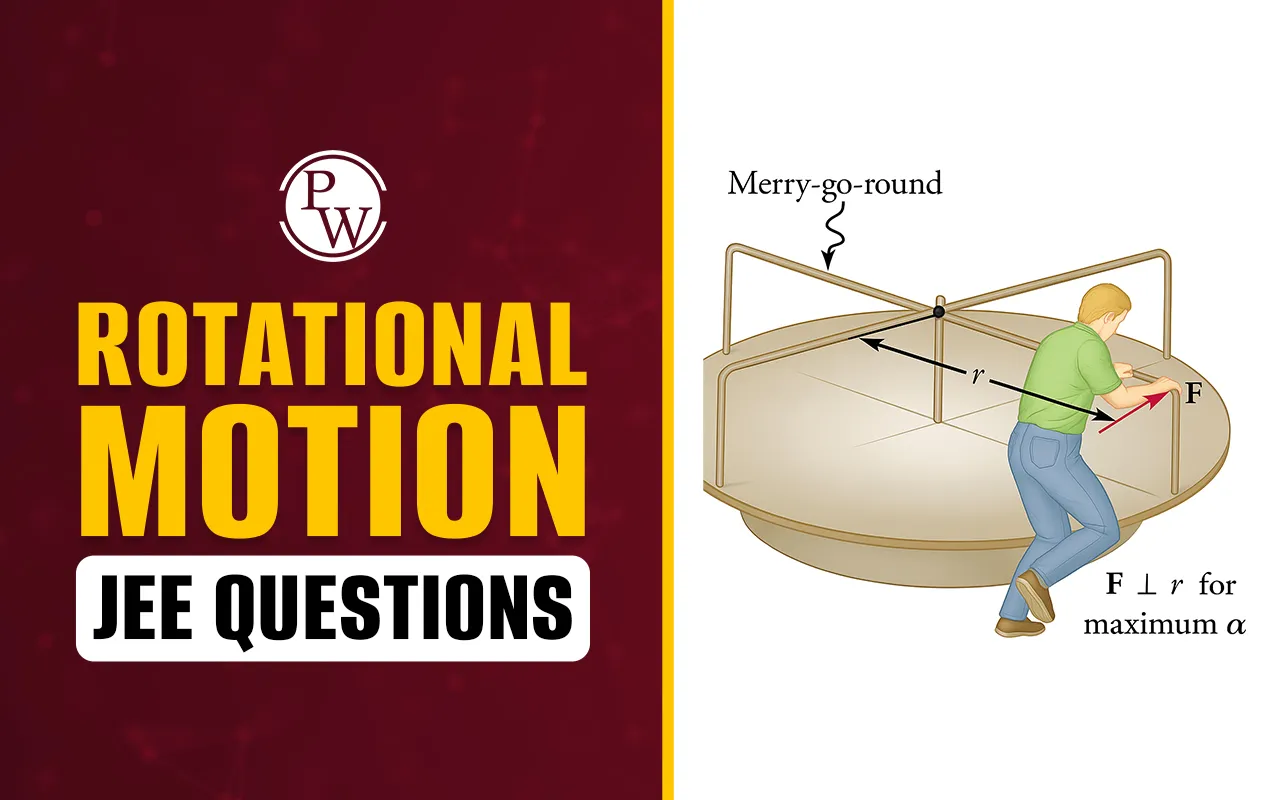
Rotational Motion JEE Questions is an important Physics topic that teaches about the spin motion of an object around an axis. The subject is a part of the Mechanics chapter of both the Class 11 and Class 12 JEE Main Physics syllabus. It is one of the most vital topics for JEE Main and JEE Advanced aspirants as it forms the fundamental concept of the topic and is one of the most asked in JEE exams. Practising JEE Mains rotational motion questions and JEE Advanced rotation questions will help aspirants brush up on their problem-solving skills and boost their confidence for the competitive exams.
Physics Wallah (PW) created a complete Rotational Motion JEE Questions PDF which includes answers and solutions for student practice. The PDF covers important JEE Main previous year questions of the topic which will help the aspirants practice the important questions of torque and moment of inertia and score better in the exams.
Rotational Motion JEE Questions Overview
Rotational motion involves angular displacement, angular velocity, angular acceleration, torque, and rotational equilibrium. Moment of inertia describes how mass distribution influences rotation, and rotational kinetic energy is associated with moving objects. In the JEE exam, questions on rotational motion are designed to assess conceptual understanding as well as problem-solving and calculation abilities. The question bank that follows utilizes a structure which aligns with the JEE main and advanced exam patterns. These are of the same type and difficulty level as the JEE mains and advanced. They are an all-inclusive practice, for them the questions include numericals, single choice and assertion-reason type questions.
Practice Rotational Motion JEE Questions
Students preparing for JEE should solve a mix of JEE previous year questions and new problems.
1. A uniform sphere of mass m is positioned between two horizontal planks A and B of mass 2m and m respectively as shown. Ground surface is smooth and friction between planks and sphere is sufficient so that no slipping takes place. Horizontal forces F1 and F2 are applied on plank so that acceleration of sphere is zero. Plank B is moving toward right with acceleration a. Which of the following is/are correct ?
A. Both planks have same acceleration
B. Net force on sphere is non-zero
C. F1 + F2 = 17/5 ma
D. friction f = 5ma
2. A uniform rod is rested on a wall and its lower end is tied to the wall with the help of a horizontal string of negligible mass as shown. Length of rod is l and height of the wall is h. What will be tension in the string ?
A. mg/sinθ × 1/2cosθ
B. mg/cos²θ ÷ 2sinθ
C. mglsinθcos²θ ÷ 2h
D. mgl ÷ 2hsinθcos²θ
3. Two disks A and B are free to rotate about their respective vertical smooth axis passing through their centre as shown. (RA = 2RB, IA = 16IB). Disc is rotating about its axis with an angular velocity of 5 rad/sec. The two disks are moved near to each other till they are in contact. What will be the angular velocity of the smaller disk when slipping between two stops? (symbols have their usual meaning)
A. 8 rad/s
B. 4 rad/s
C. 12 rad/s
D. 5 rad/s
4. A disc of mass m0 rotates freely about a fixed horizontal axis through its centre. A thin cotton pad is fixed to its rim, which can absorb water. The mass of water dripping onto the pad is μ per second. The time after which the angular velocity of the disc gets reduced to half of its initial value is (All in S.I units)
A. 2m0/μ
B. m0/2μ
C. m0/μ
D. 3m0/μ
5. A thin wire of length L and uniform linear mass density ρ is bent into a circular loop with centre at O as shown. The moment of inertia of the loop about the axis XX′ is
A. ρL³/8π²
B. ρL³/16π²
C. 5ρL³/16π²
D. 3ρL³/8π²
6. A spool of mass M and radius 2R lies on an inclined plane as shown in figure. A light thread is wound around the connecting tube of the spool and its free end carries a weight of mass m. The value of m so that system is in equilibrium is
A. 2M sinα
B. M sinα
C. 2M tanα
D. M cosα
7. A particle of mass m is projected with velocity v making an angle of 45° with the horizontal. The magnitude of angular momentum of the projectile about point of projection when the particle is at maximum height h is
A. Zero
B. mv³/4√2g
C. mv³/√2g
D. mv²gh³
8. A sphere is rotating between two rough inclined plane as shown in figure. The coefficient of friction between each plane and the sphere is 1/3. If f1 and f2 be the friction forces at P and Q. Then f1/f2 is
A. 1/2 + √3
B. 2 + 1/√3
C. 1 + 4/√3
D. 1 + 2√3
9. A homogeneous rod AB of length L and mass M is pivoted at the centre O in such a way that it can rotate freely in a vertical plane. The rod AB is initially in horizontal position. An insect S of same mass falls vertically with a speed V at the point C, midway between points O and B. Immediately after the insect falls, the angular velocity of the rod is
A. 7V/12L
B. 12V/7L
C. 3V/2L
D. 2V/3L
10. A uniform circular disc of mass 2m and radius R is placed freely on a horizontal smooth surface. A particle of mass m is connected to the circumference of the disc with a massless string. Now an impulse J is applied on the particle in the direction as shown in Figure. If J = 10Ns, m = √10 kg and R = 25 cm, then acceleration of centre of mass of the disc just after application of impulse is
A. 1ms⁻²
B. 2ms⁻²
C. 3ms⁻²
D. 4ms⁻²
Watch Rotational Motion Question Practice Video on YT
Rotational Motion JEE Questions PDF with Solution
To make preparation more effective, Physics Wallah (PW) provides Rotational Motion JEE Questions PDF with answer and solution. The PDF is specially curated for JEE aspirants and consists of various questions, which are of the same type as those asked in the actual exams. Every question in the PDF is provided with a detailed solution, which describes the workings and calculations with steps.
Rotational Motion JEE Questions PDF with Solution
Practice with Free PDF
Rotational Motion JEE Questions FAQs
Q1. Why is rotational motion needed for JEE?
Q2. What are the advantages of practicing rotational motion questions?
Q3. Does the PDF have answers for all the questions?
Q4. What are the most important topics in rotational motion for JEE?
Q5. How can I use this PDF for JEE preparation?

